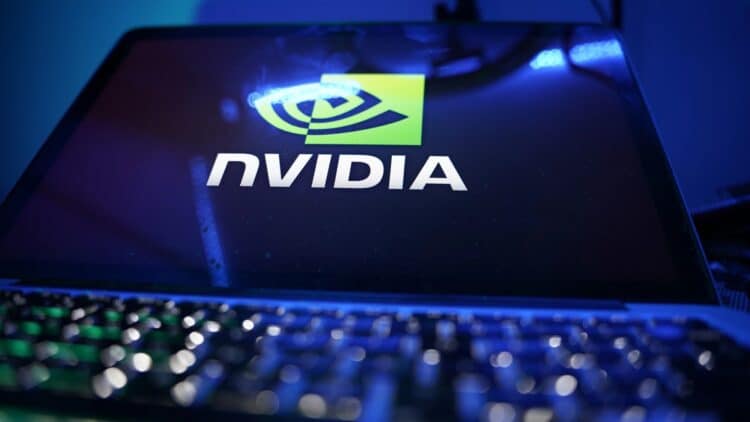The competition between the United States and China in the artificial intelligence market isn’t limited to supercomputers or improved language models. One of the most important aspects of this technology, which is an essential part of its development, is the chips. And the race for this market is increasingly fierce: While Nvidia has greater global prominence with its CUDA platform, Chinese companies like Huawei and Hygon are investing to offer alternatives capable of challenging American supremacy.
Nvidia still dominates, but Chinese manufacturers are accelerating with new alternatives
For a long time, talking about artificial intelligence was directly linked to talking about Nvidia. The American company, which is the world leader in supplying powerful chips for this market, has consolidated a complete culture and ecosystem through its CUDA language for training and running advanced models.
However, with the advancement of this technology and the emergence of companies focused on this sector, Nvidia’s global dominance has been increasingly threatened. And other factors influence this, such as tightening export restrictions from the United States, which limit the entry of advanced chips into the Chinese market, forcing local companies to react quickly.
Local advances in AI challenge Nvidia’s global hegemony
Recently, the startup DeepSeek launched its new AI model, optimized to run on Chinese chips from day one, adapting to market needs and demands. This not only meets a significant industry demand but also sends a message of appreciation and prioritization of local platforms for development.
Huawei has invested heavily in its Ascend line, supported by developers who update libraries and frameworks to ensure comparable performance. Cambricon focuses on reducing inference costs for long tasks, while Hygon seeks to deploy its chips in data centers with low latency. Although they are not yet at par with Nvidia’s level of operationality, the maturity is evident and opens the way for growth of the sector in the country.
Chinese government accelerates technological independence with billion-dollar incentives
The advancement of Chinese companies isn’t happening entirely independently. There’s a level of encouragement from Beijing, which sees investment in the sector as essential. And in addition to encouraging the production and use of local chips, government authorities are urging large companies like Tencent and Alibaba to purchase the latest models from Nvidia.
These policies are already generating significant capital investment. Estimates indicate that in 2024 alone, China’s AI semiconductor sector will have seen a US$240 billion valuation in the financial market. This is due to artificial intelligence projects across the country, such as that of the China Unicom group, which has deployed more than 20,000 domestic chips in one of its data centers.
Part of the government’s plan also includes substantial subsidies, covering part of the adoption costs, as well as the transformation of entire regions into technology hubs. All of this is intended to accelerate the transition and reduce external dependence, especially in critical areas such as security and defense.
Software ecosystem still poses an obstacle, but adaptation is gaining speed
Despite advances in hardware, the biggest challenge remains software, as Nvidia’s CUDA is a well-established program in use for over a decade with millions of developers worldwide. This makes replacing it with tools like Huawei’s CANN or Hygon’s DTK a task that requires time and compatibility. Even so, the pace of adaptation has been surprising, with open communities and startups tweaking popular models to run on these new chips with less effort.
The advance of Chinese chips doesn’t mean the immediate end of Nvidia’s influence and importance, but it does represent a possible beginning of a new direction in the global technology race. China is betting on independence, even if it means facing technical obstacles in the short term. For consumers and businesses, this move could pave the way for more accessible and diverse solutions.


